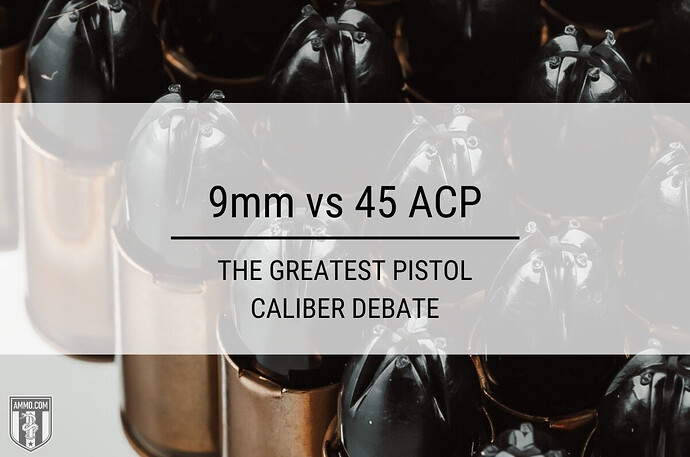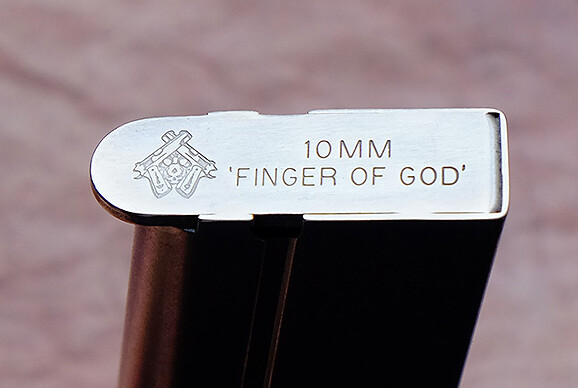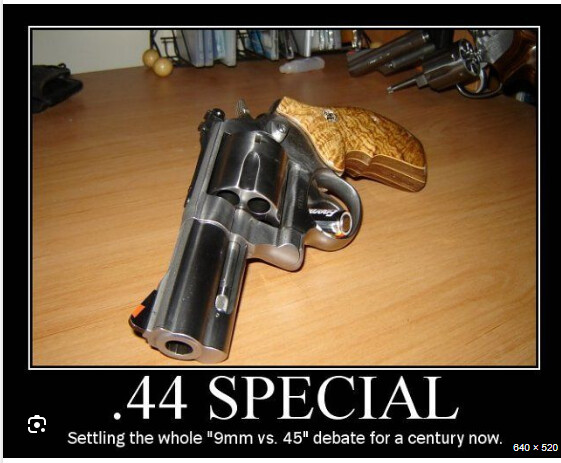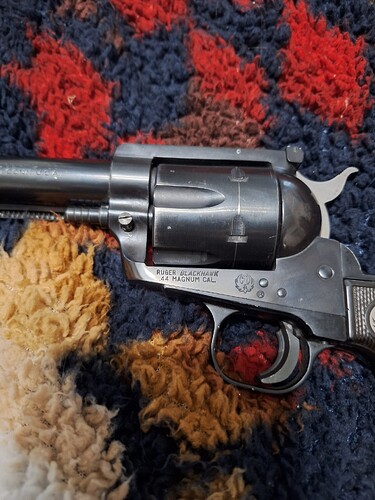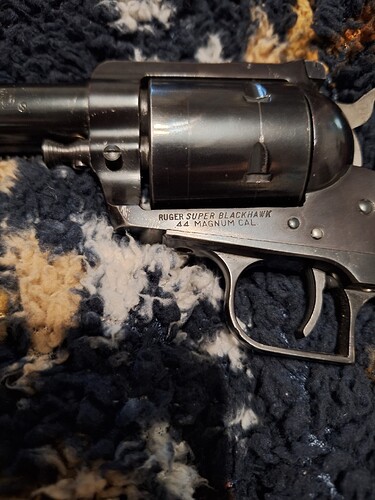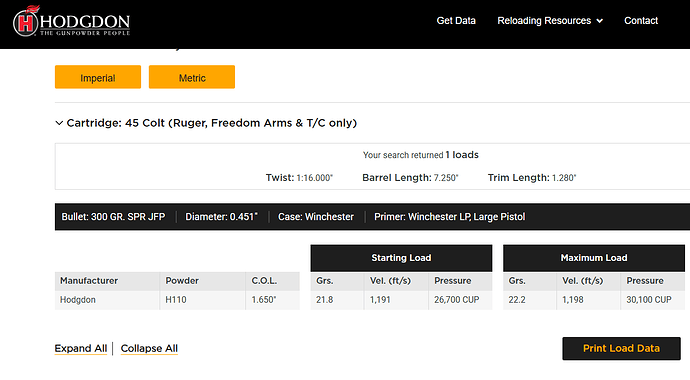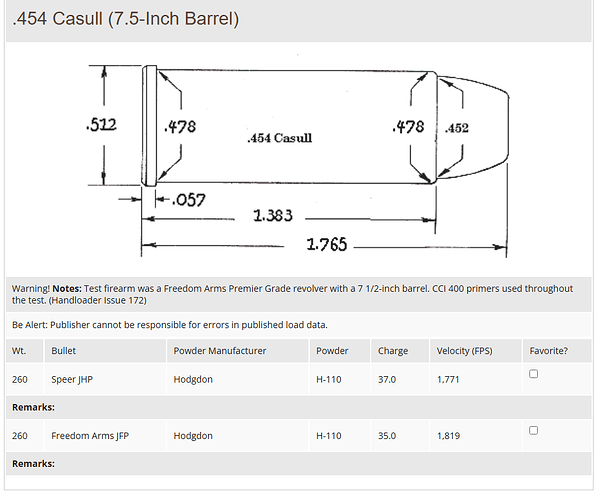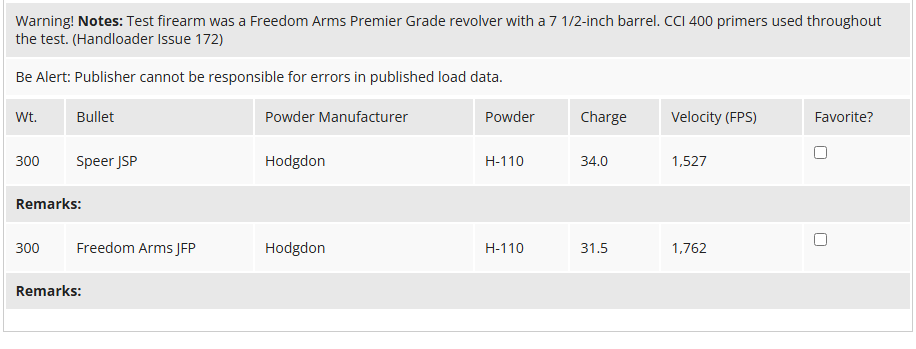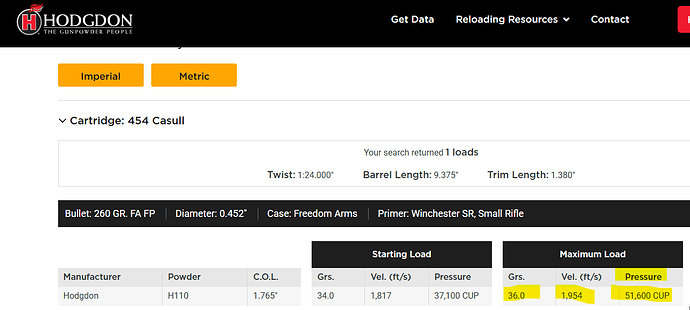Many shooters argue that the debate over 9mm vs. 45 ACP comes down to magazine capacity versus stopping power. However, this is a very apples-to-oranges approach when comparing these two personal defense rounds.
We’ll take an objective look and compare the ballistics, advantages, and disadvantages of two of the most popular self-defense cartridges in the world.
Load up your favorite Glock 17 magazines with your 9mm ammo of choice – or build a tiny, protective dam using the beavertail grip safety on your 1911 – because you are about to read the most objective 9mm vs 45 ACP caliber debate on the Internet.
Pros and Cons of 9mm
| Pros | Cons |
|---|---|
| Higher magazine capacity | Less stopping power |
| Less recoil | |
| Wide ammo selection | |
| Ammo tends to be less expensive | |
| Wide firearm selection |
Pros and Cons of 45 ACP
| Pros | Cons |
|---|---|
| More stopping power | More recoil |
| Wide ammo selection | Lower magazine capacity |
| Wide firearm selection | |
| Time-tested and provenly effective |
The Differences Between 9mm and 45 ACP
Is 45 ACP Stronger Than 9mm?
The 45 ACP is undoubtedly the superior cartridge when it comes to kinetic energy transfer. But how is “stopping power” defined? It cannot be quantified so easily, especially since so much of it is determined by shot placement, which is immeasurable. With that in mind, the FBI test protocol is widely accepted as the best assessment of a cartridge’s efficacy for self-defense, which is certainly something akin to stopping power.
For modern 9mm JHP ammo, penetration is around 13-15 inches on average. In contrast, 45 ACP hollow point ammo will typically penetrate to a depth of 12-14 inches. For the most part, both will penetrate the same distance.
One major difference between the 9mm’s .355" diameter bullet and 45 ACP’s .452" JHP is this: their capacity for terminal expansion. In general, a 9mm bullet will expand up to 0.6", effectively doubling in diameter. The 45 ACP bullet also reliably doubles in diameter, although that means it widens until it is nearly 1" around.
In short, the 45 ACP is more likely to inflict a larger permanent wound channel inside the bad guy. That means additional blood hemorrhaging, higher probability of lacerating a vital organ, and an altogether more unpleasant time for the threat.
Since it gouges out a larger permanent wound cavity, transfers more energy to the target, and is (relatively) less inclined to over-penetrate, it’s fair to say that the 45 ACP has more stopping power than a 9mm. Recent advancements in hollow-point technology have significantly improved the 9mm’s performance, although the .45 ACP’s bullet remains the larger and more damaging one.
But this is only part of the story! Let’s continue on to magazine capacity.
Continue reading 9mm vs. 45 ACP: The Greatest Pistol Caliber Debate on Ammo.com
